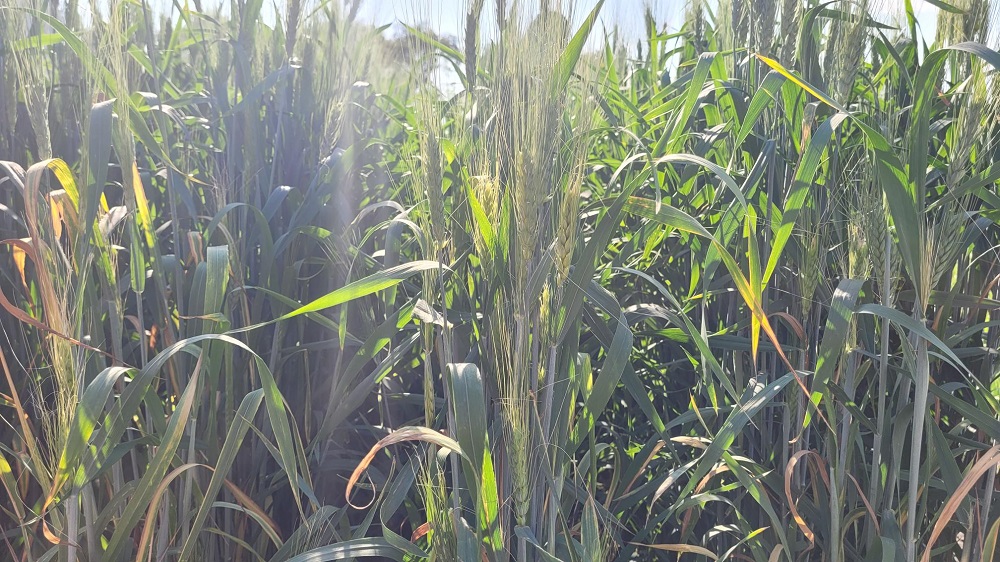The University of Saskatchewan (USask) has received $170 million in funding from the federal government to help four different research centres.
Canada’s Minister of Innovation, Science and Industry, François-Philippe Champagne, announced that the federal government is investing more than $628 million through the Canada Foundation for Innovation (CFI)’s Major Science Initiatives (MSI) fund to support 19 research infrastructure projects at 14 institutions over the next three to six years, including those at USask.
The announcement retains operating funding for three existing USask centres—the Canadian Light Source (CLS), Vaccine and Infectious Disease Organization (VIDO), and Super Dual Auroral Radar Network (SuperDARN), and adds a fourth, Global Water Futures Observatories (GWFO).
Baljit Singh, the vice president of research with USask, said that the investment would help the University continue to be a global leader.
“This federal investment secures the operations of our outstanding national facilities and will help researchers from USask, Canada, and across the world to collaborate in tackling urgent global challenges,” he said. “These investments are vital to strengthen Canada’s international leadership in research and development and to advance the economic prosperity of Canadians.”
Of USask’s MSI funding:
- $97 Million is for Candian Light Source (CLS): Academic, industry and government researchers from around Canada and the world are advancing knowledge in health, agriculture, the environment, and materials. Research at CLS is helping to advance cancer therapy and find solutions for antibiotic resistance, improve water and soil quality, support global food security and develop greener technologies for energy production and storage.
-
$53.9 million is for Vaccine and Infectious Disease Organization (VIDO): VIDO is a global leader in infectious disease research and vaccine development for humans and animals. To deliver on their role as Canada’s Centre for Pandemic Research, VIDO is expanding its world-class facilities to include vaccine manufacturing, new animal housing and upgrading to containment level four
- $15.25 million is for Global Water Futures Observatories: GWFO is an integrated network of 76 instrumented basins, rivers, lakes and wetlands, 27 deployable observation systems, and 31 water laboratories. Together they provide data to quickly address flood, drought and water quality issues. USask leads the nine-university collaboration that operates the network to monitor and help support the development of solutions for the impending water crisis that faces Canadians due to climate change, poor water management, the proliferation of toxic contaminants, and environmental degradation.
- $2.6 million is for SuperDARN Canada: This USask-led initiative operates five radars located in Saskatchewan, British Columbia, the Northwest Territories and Nunavut to provide a continuous mapping of “space weather” above Canada. These radars operate together to provide data crucial for predicting when electromagnetic storms in the Earth’s upper atmosphere could threaten technologies such as GPS, pipelines, electrical grids and navigation equipment.








